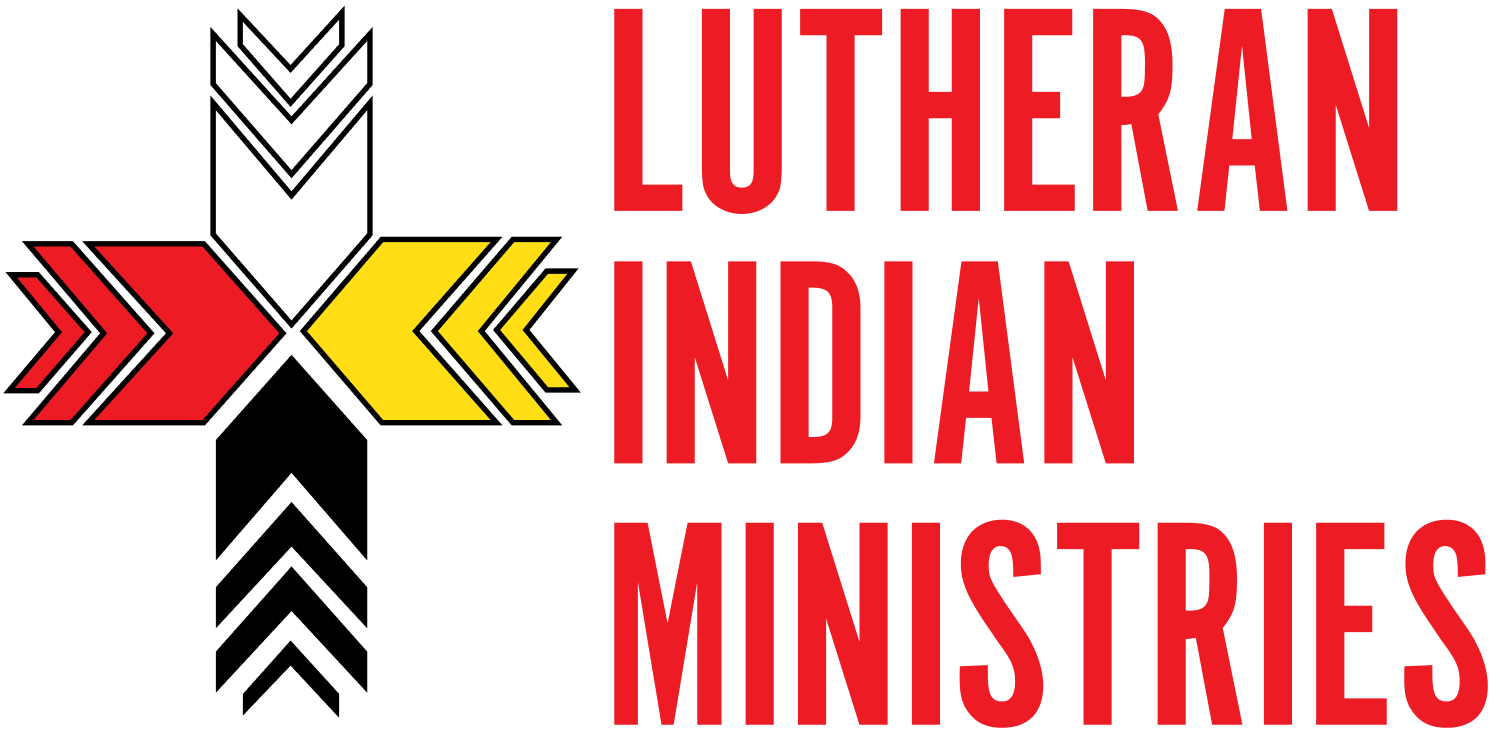This Week in Native American News (5/15/2020): Farms and Bison and Oysters
May 15, 2020
Shadow Catcher captures 'eight unblinking seconds' in portraits
Calvin Benjamin Grinnell, Mandan Hidatsa and Arikara Nation, posed for Balkowitsch in 2017. He gave Balkowitsch his Native American name, "Shadow Catcher" in 2018 in a naming ceremony. The name is significant because it previously belonged to ethnographer and wet plate photographer Edward S. Curtis in the early 20th century. (Photo by Shane Balkowitsch)
Historian Dakota Goodhouse is photographed sitting. His head encircled by a buffalo hide that wraps around his shoulders. His piercing stare is grippingly illuminated while the background of the portrait is defined by shadow.
The black and white image of Goodhouse, Hunkpapha Lakota, looks like a photo by 19th century ethnologist Edward Curtis. But it was taken four years ago by photographer Shane Balkowitsch who is based in North Dakota.
Balkowitsch, who owns Nostalgic Glass Wet Plate Studio in Bismarck, uses an antique method of photography called wet plate collodion.
Shane Balkowitch, who made headlines for his image of climate activist Greta Thunberg, aims to photograph 1,000 Native people using 150-year-old method.
Read the Full Story Here
Native American farm in Minnesota triples in size as it works to help those in need
Shamira Caddo mounds soil in preparation for planting squash at Dream of Wild Health farm in Hugo. The nonprofit farm, which is run by Native Americans, purchased 20 additional acres in March near its original 10-acre site. Scott Takushi / St. Paul Pioneer Press
Dream of Wild Health is dreaming bigger this year — tripling the size of its American Indian-run farm in Hugo.
The coronavirus has devastated the population served by the nonprofit, executive director Neely Snyder said. By radically boosting the amount of vegetables it sells and donates, she said, it can help vulnerable people in the metro area.
“Now there is more of an urgent need,” Snyder said.
On March 31, the nonprofit bought 20 acres for $240,000, near its original 10-acre farm. Dream of Wild Health distributed 7.5 tons of vegetables last year, and Snyder expects to do much more this year.
“We are trying to reclaim food sovereignty in our community,” said Snyder.
Read the Full Story Here
Rosebud Sioux Tribe will create the largest native-owned and managed bison herd in North America
(C) Conservation Media / WWF
In the Lakota creation story, beings emerged from the Wind Cave in South Dakota’s Black Hills—some in human form and some in buffalo form. There’s no difference between people and buffalo in this worldview.
“We’re Lakota people and that means we’re buffalo people,” said Wizipan Little Elk, the CEO of the Rosebud Economic Development Corporation (REDCO), the economic arm of the Rosebud Sioux Tribe. “They’ve always taken care of us and we need to take care of them.”
And the Rosebud Sioux tribe will do just that with the commitment of 28,000 acres of native grassland for the creation of a new plains bison herd. With a capacity to support 1,500 animals, the Wolakota Buffalo Range will become North America’s largest Native American owned and managed bison herd.
The project is being advanced by a partnership between REDCO and WWF with support from Tribal Land Enterprise, the Rosebud Sioux Tribes land management corporation, and the U.S. Department of the Interior. Over the next five years, the Department of Interior will send hundreds of bison over to the newly created space from federally managed herds. The historic project will increase the overall number of Native American owned bison by an impressive 7% nationally.
“We see it as a point of pride,” Wizipan Little Elk said. “That we can have the largest native managed and owned buffalo herd. We can show that socially impactful, socially responsible business with multiple bottom lines can work and that it creates multiple positive impacts locally and globally.”
Read the Full Story Here
your history lesson for the day:
Ancient Americans ate lots of oysters in bad times
During a time of hardship, Native American peoples of the Southeast sought solace in oyster feasts, a new study has found. Analysis of archaeological remains on Roberts Island, a shell mound complex off the central west coast of Florida about 50 miles north of Tampa Bay, found that people gathered there for ceremonial purposes even when resources were severely curtailed by climate change.
10 Things You May Not Know About the French and Indian War
10 surprising facts about the imperial war for colonial domination between Great Britain and France.
It’s hard to fit all the news in a little space.
To read all of this week's news, visit the LIM Magazine.
Sign up to get these emails in your inbox and never miss a week again!






